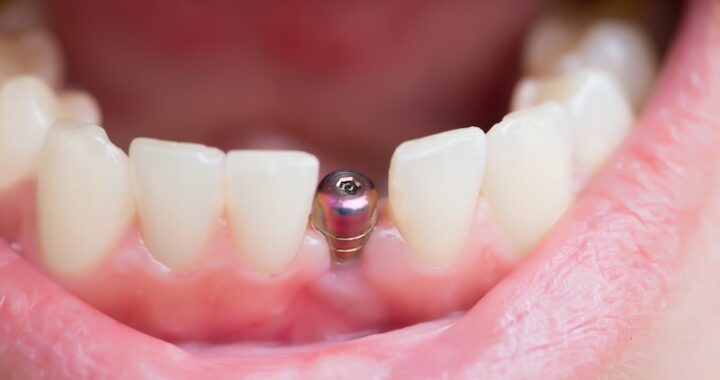Exploring the Advancements in Orthopedic Surgery Technology

If you’re an athlete or a fitness enthusiast, you know how important it is to keep your body in tip-top shape. But injuries can happen, and that’s where a sports medicine specialist West Orange comes in. Thanks to advances in orthopedic surgery technology, the treatment of sports injuries has come a long way in recent years.
Arthroscopy
One of the most significant advancements in orthopedic surgery technology is arthroscopy. This minimally invasive procedure uses a tiny camera and small instruments to diagnose and treat joint problems. Unlike traditional surgery, which requires large incisions, arthroscopy only requires a few small incisions, resulting in less pain, scarring, and recovery time.
Arthroscopy is commonly used to treat conditions like torn cartilage, ACL tears, and rotator cuff injuries. It can also be used to repair damaged ligaments and remove inflamed tissue from joints.
3D Printing
Another exciting development in orthopedic surgery technology is 3D printing. In the past, doctors would often have to use off-the-shelf implants that weren’t a perfect fit for their patients. But with 3D printing, doctors can create custom implants that fit a patient’s unique anatomy.
3D printing has also revolutionized the way doctors prepare for surgery. Using a 3D-printed model of a patient’s joint, doctors can practice the surgery ahead of time, reducing the risk of complications during the actual procedure.
Robotics
Robotic-assisted surgery is becoming increasingly common in the field of orthopedics. During a robotic-assisted procedure, the surgeon uses a robotic arm to guide surgical instruments, allowing for greater precision and control. This technology is particularly useful for procedures that require a high degree of accuracy, such as joint replacements.
Robotic-assisted surgery can also help reduce the risk of complications. The robotic arm is programmed with the patient’s specific anatomy, ensuring that the surgery is tailored to their unique needs. Additionally, the robotic arm can detect and correct for any movements made by the surgeon, further reducing the risk of human error.
Nanotechnology
Nanotechnology is a relatively new field that has the potential to revolutionize the way we treat injuries and diseases. By manipulating materials at a microscopic level, scientists are developing new treatments that can repair damaged tissues and promote healing.
One promising application of nanotechnology in orthopedics is the development of nanofibers. These tiny fibers can be used to create scaffolds that support the growth of new tissue. In the future, doctors may be able to use nanofibers to repair damaged cartilage or even regenerate entire joints.
Conclusion
As you can see, the field of orthopedic services quincy ma surgery technology is constantly evolving, with new advances being made all the time. These advancements are improving the accuracy and precision of surgeries, reducing recovery time, and improving outcomes for patients. If you’re an athlete or fitness enthusiast, it’s reassuring to know that if you do suffer an injury, you’ll have access to the latest and most advanced treatments available.


 Innovations in Health Screenings: Exploring the Latest Technologies in Clinic Services
Innovations in Health Screenings: Exploring the Latest Technologies in Clinic Services  Dental Crowns –Restoring Strength, Function, And Aesthetics.
Dental Crowns –Restoring Strength, Function, And Aesthetics.  One-Person Wonder: Making Waves in the Massage Industry in Gunma
One-Person Wonder: Making Waves in the Massage Industry in Gunma  How Cataract Surgery in Nashville Improves Vision and Quality of Life
How Cataract Surgery in Nashville Improves Vision and Quality of Life  Maintaining Oral Health: The Role of Dentists in Richmond
Maintaining Oral Health: The Role of Dentists in Richmond  How to Choose the Best Implant Dentist in Sheffield: A Guide
How to Choose the Best Implant Dentist in Sheffield: A Guide